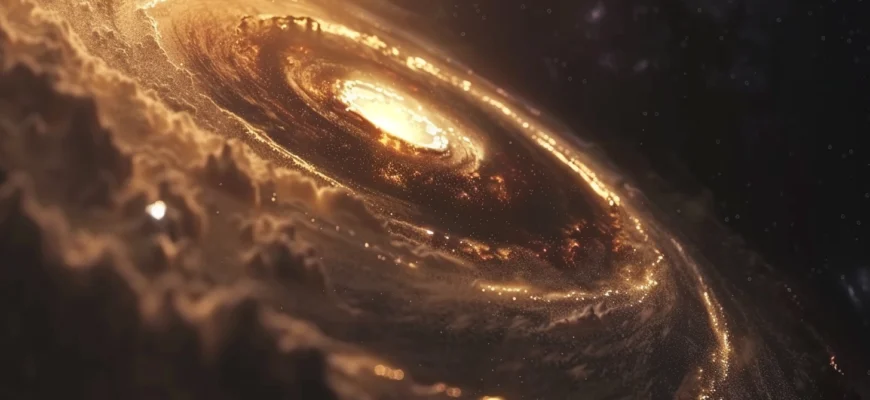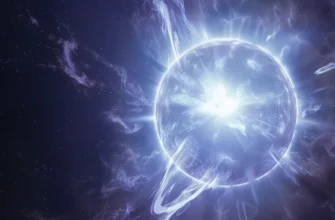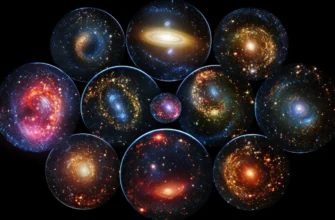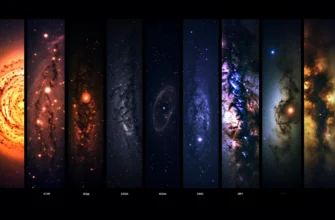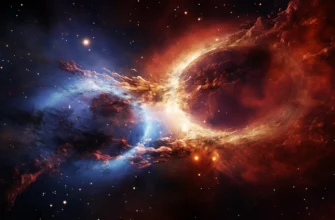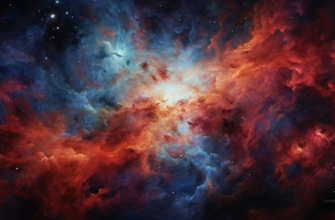Sagittarius A* (pronounced “A-star”) is the name astronomers have given to the supermassive black hole that lies at the very center of our Milky Way galaxy. Cloaked in mystery and darkness, Sagittarius A* has fascinated scientists for decades as they work to understand this strange object and how it impacts our galaxy.
- An Invisible Behemoth
- Vital Statistics of Sagittarius A*:
- The Discovery of Sagittarius A*
- A Dense Cluster of Stars
- Strange Source of Radio Waves
- Near-Infrared Detections
- Gravitational Redshift of Radiation
- Image of the “Shadow” of Sagittarius A*
- How Did Sagittarius A* Grow So Massive?
- Slow and Steady Growth
- Violent Early Mergers
- Impacts on Our Galaxy
- Source of Tremendous Gravity
- Regulating Star Formation
- Source of Expanding Fermi Bubbles
- Future Exploration Goals
- Directly Imaging the Shadow and Accretion Flow
- Mapping Orbital Trajectories of Surrounding Stars
- Listening for Signs of Merging Black Holes
- Solving the Quiescent Emission Mystery
- Further Reading and External Resources:
An Invisible Behemoth
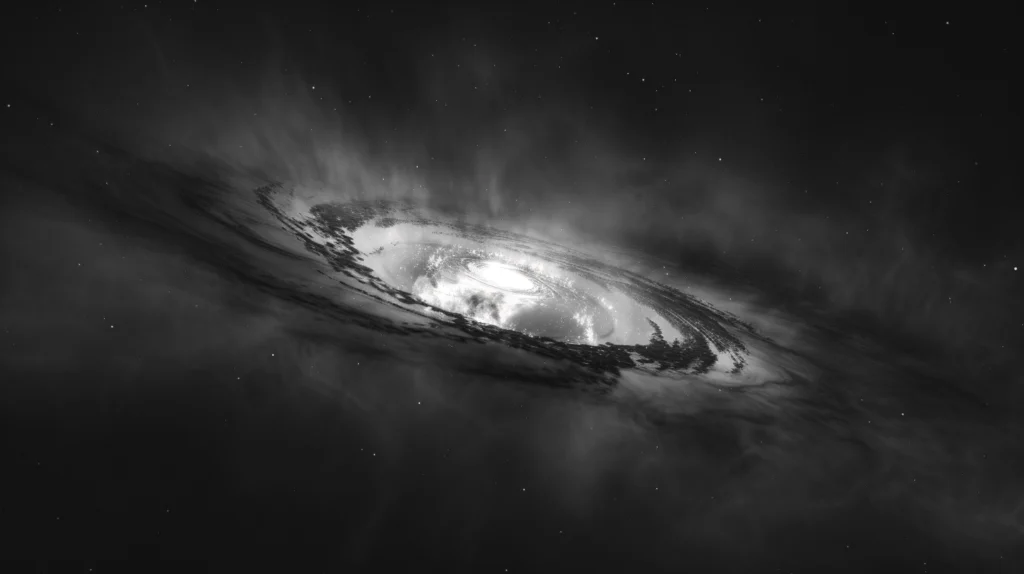
Despite having a mass equivalent to over 4 million Suns, Sagittarius A* is remarkably faint and difficult to observe. This is because black holes themselves emit no light, they only reveal their presence through their gravitational influence on stars and gas clouds that swarm around them.
Sagittarius A* has a diameter of about 44 million kilometers (15 times wider than our Sun) but all of its matter is concentrated down into an infinitely tiny central point of infinite density called the singularity. The immense gravity of Sagittarius A* is so strong that even light cannot escape from within its event horizon.
Vital Statistics of Sagittarius A*:
- Mass: Equivalent to 4.1 million Suns
- Size: 44 million km diameter
- Location: Center of the Milky Way, 25,800 light years from Earth
- Event Horizon: 0.084 AU
- Accretion Rate: Estimated at 1 Earth mass per 10,000 years
So how do astronomers study something they can’t even see? While the black hole itself remains invisible, scientists can detect its presence and observe its effects on surrounding gases and dust. The more material Sagittarius A* pulls into its grasping gravity over millions of years, the brighter this accretion disk glows.
The Discovery of Sagittarius A*
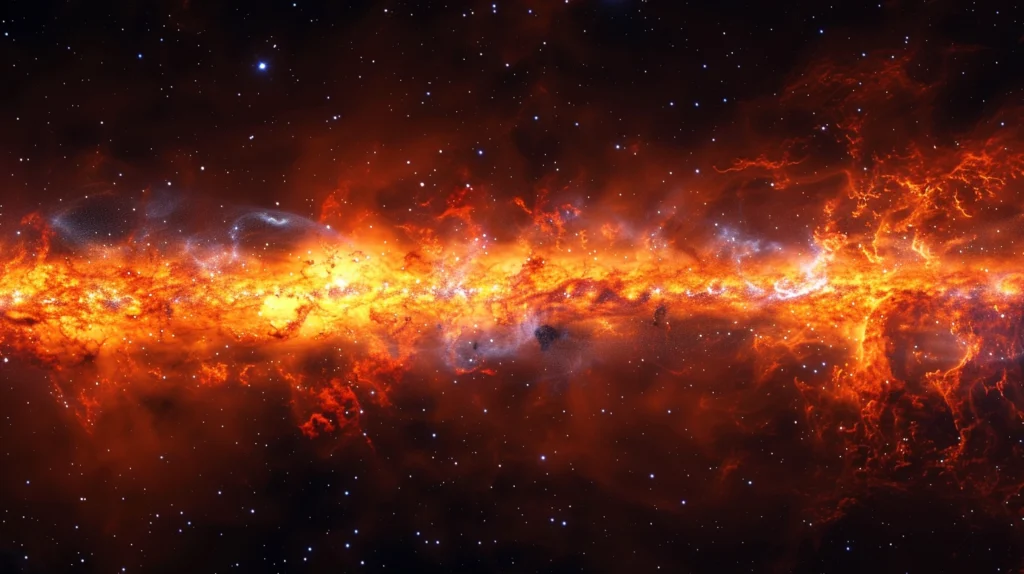
In 1974, astronomers Bruce Balick and Robert Brown used the National Radio Astronomy Observatory to discover an intense radio source at the precise center of the Milky Way. This mysterious object was named Sagittarius A*, since it was located in the direction of the Sagittarius constellation.
Over the next few decades, more observations revealed that stars near the center of the galaxy were orbiting around a tremendously massive and compact object. By tracking and analyzing the velocity of these stars, astronomers could calculate the mass of the invisible object they were circling – which turned out to be over 4 million times the mass of our Sun!
It quickly became clear that Sagittarius A* met all the criteria for being classified as a supermassive black hole. Let’s breakdown some of the key supporting discoveries:
A Dense Cluster of Stars
Our galaxy’s core is an intensely packed region, like a dense city center occupied by older stars that range from small red dwarfs to dying stellar giants. Over 10 million stars reside within just 1 parsec (3.26 light years) around Sagittarius A*.
This swarm of stars allows astronomers to precisely track the orbits of those that pass closest to Sagittarius A*, providing critical data to model the object’s mass. The paths of these “S-Stars” showed indisputable evidence that they were circling and being influenced by an extremely compact, massive object.
Some Well-Studied S-Stars near Sagittarius A*:
| Star | Distance from Sgr A* | Orbit Period |
| S2 | 0.123 ly | 15.9 years |
| S38 | 0.168 ly | 19.0 years |
| S21 | 0.056 ly | 11.5 years |
Strange Source of Radio Waves
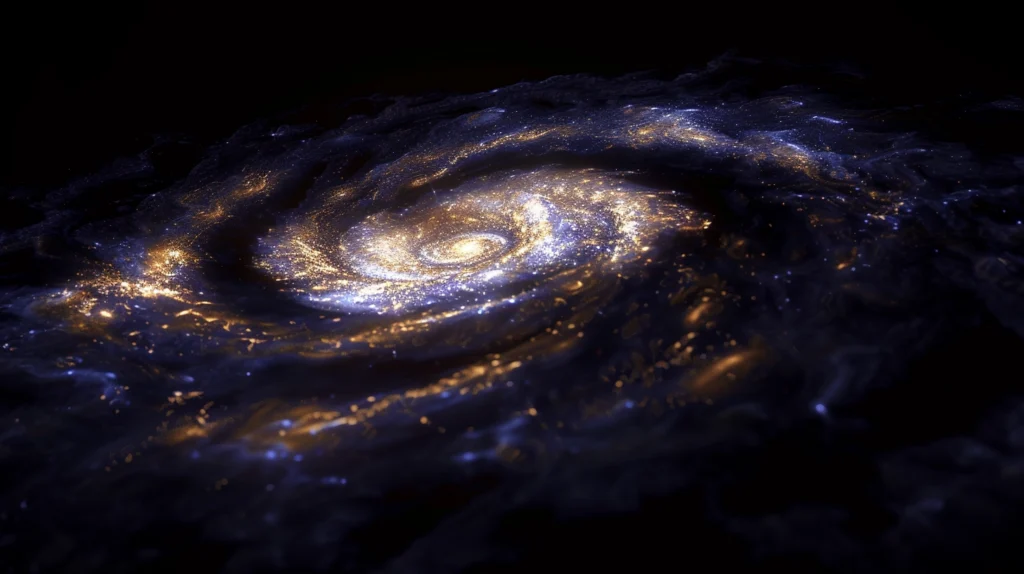
Following its initial detection, radio astronomers continued to study the Sagittarius A* source and uncovered some puzzling behavior. The radio emissions were found to be incredibly faint for an object with a mass of 4 million Suns.
Moreover, the radio brightness fluctuates rapidly over intervals of minutes to hours. This irregular flickering suggests that the radio waves are originating from hot spots in a turbulent accretion flow close to the black hole.
Near-Infrared Detections
Technological improvements eventually allowed telescopes, like the 10-meter Keck telescopes, to detect for the first time infrared radiation from the Sagittarius A* object.
Analysis of these infrared observations shows that the emissions are also arising extremely close to the black hole’s event horizon. The light’s signature indicates it is generated from super-heated hydrogen gas being accelerated to close to the speed of light before falling into the abyss of no return.
Gravitational Redshift of Radiation
Eager to explore deeper insights, astronomers turned to examining X-ray signals to penetrate even closer towards Sagittarius A. In 2013, NASA’s Chandra spacecraft observed Sagittarius A and discovered evidence of X-ray flares looping over the backside horizon of the black hole – displaced from their true positions due to Einstein’s predicted gravitational redshift caused by immense spacetime warping.
This is considered the most direct proof yet for the existence of Sagittarius A*’s event horizon!
Image of the “Shadow” of Sagittarius A*
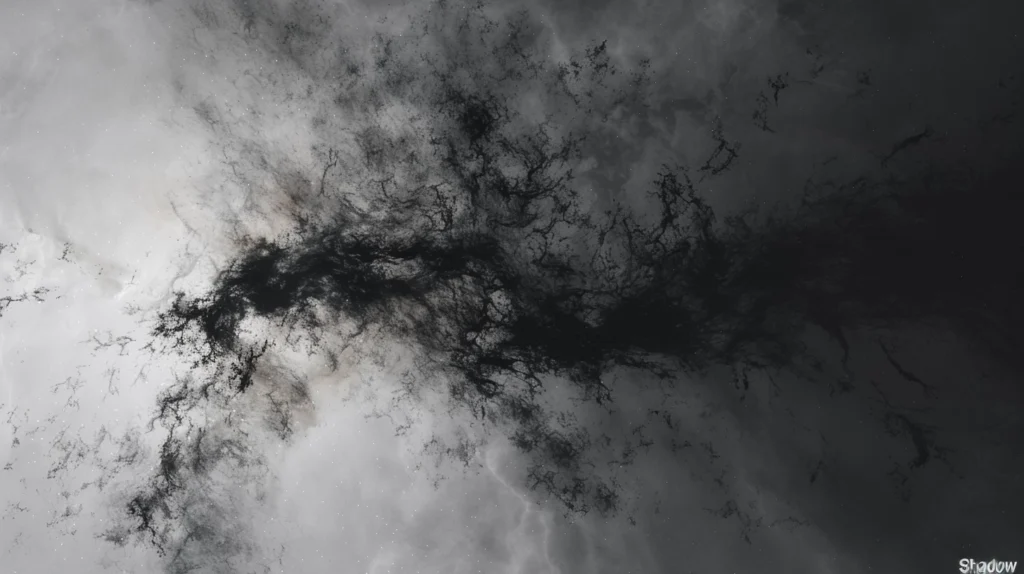
In April 2019, an international collaboration called the Event Horizon Telescope (EHT) released the first image of a black hole – specifically imaging the superheated accretion disk and crescent-like shadow cast by the black hole M87* at the center of the Virgo A galaxy.
While Sagittarius A* itself wasn’t imaged directly, scientists are processing data with the goal to soon unveil the long-hidden face of our galaxy’s central behemoth too!
How Did Sagittarius A* Grow So Massive?
A key question surrounding Sagittarius A* is – how did this black hole become so tremendously massive, equivalent to 4 million Suns? Understanding the growth history of Sagittarius A* can reveal critical clues about the formation and evolution of both our black hole and even the Milky Way galaxy itself.
Currently astrophysicists theorize two predominant models for how Sagittarius A* bulked up over cosmic time:
Slow and Steady Growth
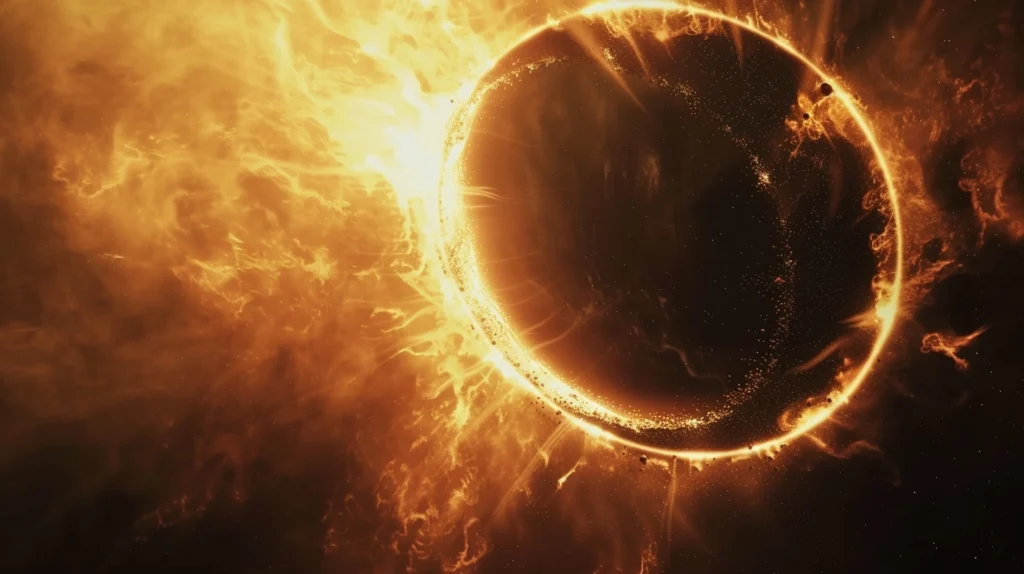
The current giant stars populating galactic central region represent just the latest generation residing there. Sagittarius A* gradually accumulated mass over billions of years by stripping gas and intercepting stars from multiple generations of older stars that occupied that location.
In this scenario, Sagittarius A* grew relatively slowly but consistently for over 13 billion years since the Milky Way first emerged from the primordial cosmic dust after the Big Bang.
Violent Early Mergers
Alternatively, Sagittarius A* may have ballooned rapidly during the Milky Way’s youth over 13 billion years ago. In the early epoch when galaxies first formed, their fledging cores hosted multiple smaller black holes that sank inward over millions of years.
As these early black holes orbited tightly around each other, they eventually detected each other through gravitational wave emission and collided in dramatic and violent mergers. Multiple merger events may have led Sgr A* to pile on mass exponentially to eventually tower over the galactic center.
Observations to help uncover Sagittarius A*’s true origins and role in developing Milky Way’s structure continue today!
Impacts on Our Galaxy
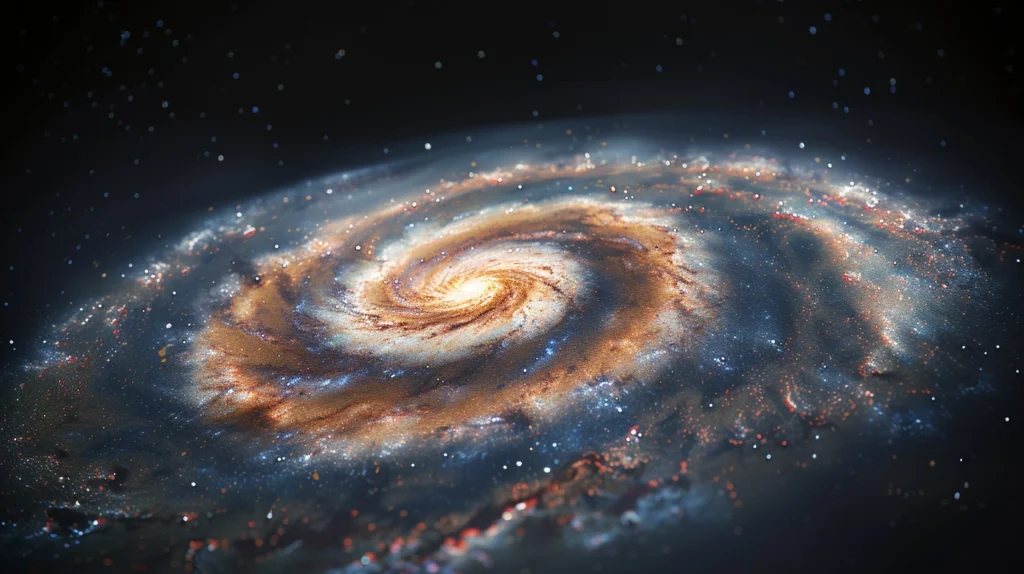
As the supermassive spider brooding at the center of the web, Sagittarius A* profoundly impacts and possibly even regulates the behavior of our entire Milky Way galaxy. Let’s unravel some of the primary ways this strange beast molds the fate of our cosmic home.
Source of Tremendous Gravity
The immense mass concentrated into Sagittarius A* makes it the dominant gravitational force influencing the motion of Milky Way’s stars, clouds of gas, and streams of stellar remnants like neutron stars and white dwarfs.
Like an scheming emperor enthroned in his palace, Sagittarius A* holds sway over the galactic motion occurring across the spiral disk over 150,000+ light years wide orbiting around it. Without Sagittarius A*’s gravity well pinning everything together, our galaxy simply could not exist in its present form!
Regulating Star Formation
In addition to generally pulling the strings on galactic structure, Sagittarius A* may more directly impact star formation activity – acting as a sort of celestial thermostat.
When clouds of hydrogen gas flow too close and begin swirling into the accretion disk, they heat up and release high energy radiation. This radiation exerts tremendous pressure that pushes back against gravity, causing gas clouds to billow outwards instead of being allowed to fully coalesce into new stars.
So Sagittarius A* may actually throttle and restrain runaway stellar formation that could otherwise cause our galaxy to burn too bright and fast!
Source of Expanding Fermi Bubbles
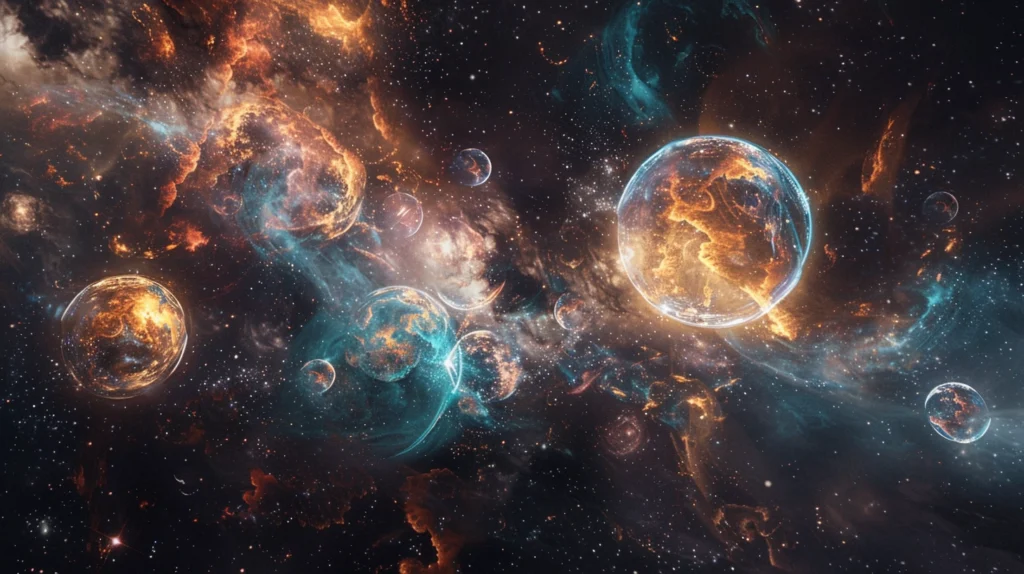
In 2010, NASA’s orbiting Fermi Gamma-ray Space Telescope spacecraft discovered two giant lobe-shaped structures billowing out from the center of the Milky Way, spanning over 25,000 light years tall. Glowing with high energy radiation, these enormous features are called the Fermi Bubbles.
Astronomers believe these bubbles are being inflated by bursts of energetic activity from Sagittarius A*, either from plasma jets erupting from its accretion disk or shockwaves unleashed by a burst of star formation too close to the black hole.
Over the eons, Sagittarius A* seems prone to occasional temper tantrums – with its storms and cries echoing far out into the galaxy!
Future Exploration Goals
Many astronomy missions are continuing to study Sagittarius A* across multiple wavelengths, aiming to solve lingering mysteries about both its physical characteristics and role shepherding in the galaxy.
Using advanced instruments and ingenious techniques, researchers hope to zoom toward the following exploration targets:
Directly Imaging the Shadow and Accretion Flow
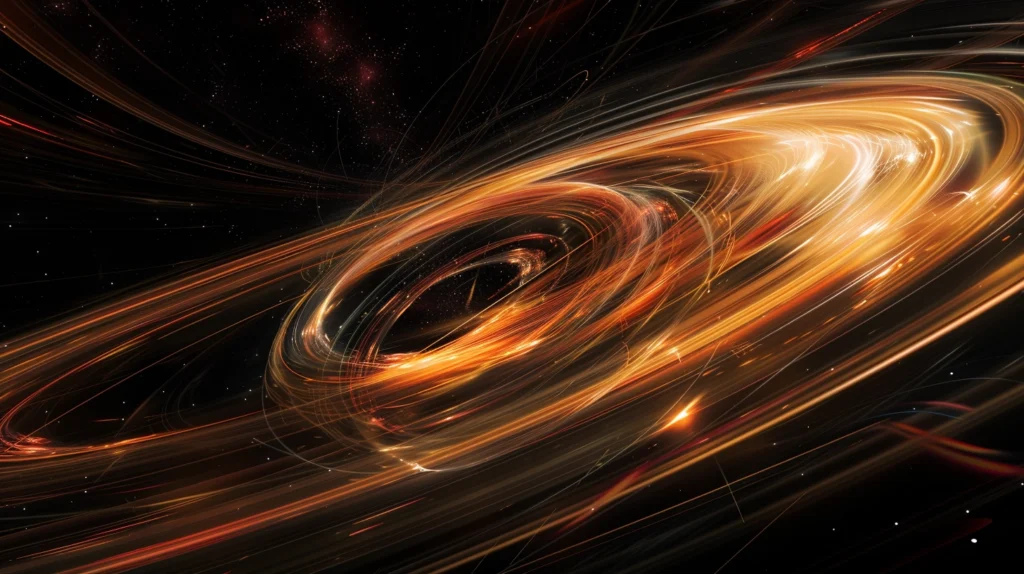
Upgrading the Event Horizon Telescope (EHT) to utilize additional observatories across more of the Earth will empower more detailed interferometric imaging of Sagittarius A*. Scientists are racing to become the first to unveil the appearance of our galaxy’s central black hole!
Successfully capturing visuals of Sagittarius A* will provide essential data about the orientation, size, and varying fluxes of illumination from matter orbiting immediately outside the event horizon. This will reveal crucial insights into the black hole’s meal accretion process.
Mapping Orbital Trajectories of Surrounding Stars
Space observatories like the European Space Agency’s Gaia probe are diligently charting the positions and motiions of billions of stars throughout the Milky Way. Expanding measurements on the family of S-Stars in tight orbits around Sagittarius A* is further verifying models of the object’s immense mass.
Closely monitoring stellar orbits may also detect deviations that could indicate gravitational perturbation effects from hypothesized smaller black holes closely orbiting around Sagittarius A*.
Listening for Signs of Merging Black Holes
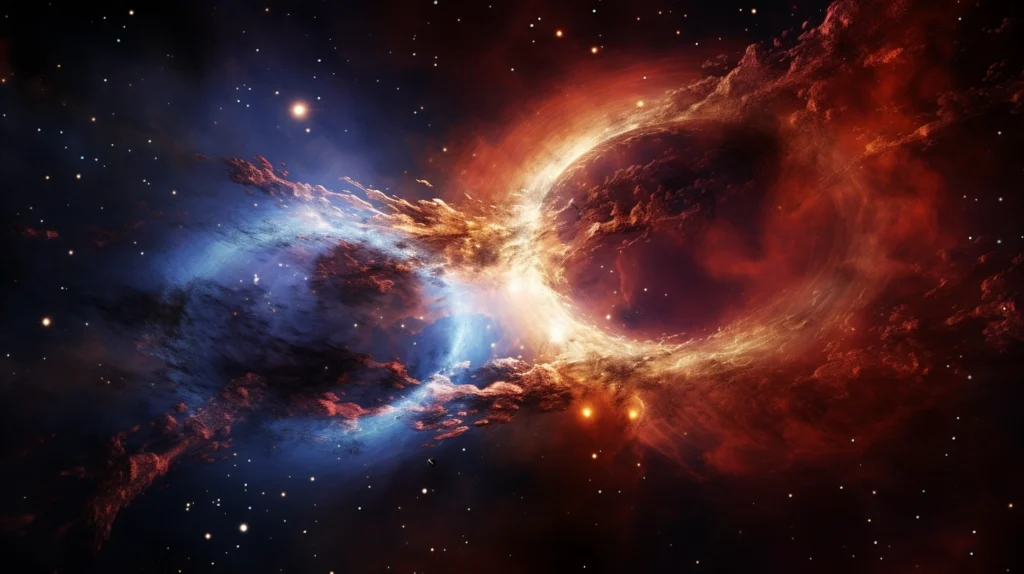
If Sagittarius A* did indeed bulk up through ancient black hole merger events, astronomers theorize those cosmic-shaking catastrophes likely also triggered surges of star formation. Finding clusters of old stars grouped closely around Sagittarius A* showing common ages would provide smoking gun evidence for this growth history.
Additionally, instruments like the Laser Interferometer Gravitational-Wave Observatory (LIGO) are listening intently to register the gravitational wave patterns of smaller black hole binaries that could be spiraling together even today within the turbulent center of the Milky Way!
Solving the Quiescent Emission Mystery
A persistent puzzle is explaining why Sagittarius A* is so surprisingly faint across much of the electromagnetic spectrum. Theoretical models indicate an object with its 4 million solar mass should be glowing brightly as it consumes large amounts of surrounding material.
Some proposals suggest that magnetic fields near the event horizon may provide resistance that causes inflowing matter to hover at bay. Alternatively, a jet Structure perpendicular to the accretion disk may beam much of the radiation away from our line of sight.
Advancements in high-resolution X-ray and radio imaging are required to visualize these inner dynamic complexities ruling Sagittarius A* and resolve why this sleeping giant slumbers so quietly.
Further Reading and External Resources:
- NASA’s Galactic Center: Details about Sgr A* the supermassive black hole at the center of our galaxy. Visit NASA’s page.
- Event Horizon Telescope: Learn about efforts to capture the first image of Sgr A*. Explore the EHT site.
- Chandra X-Ray Observatory Data: Examine Chandra’s observations and discoveries about high energy emissions from Sgr A*.
- Keck Observatory: Information about infrared and optical data from Keck telescopes studies of the stars orbiting Sgr A*.
- VLA Sagittarius A* Radio Data: Data and explanations from the Very Large Array radio telescope’s long term monitoring of Sgr A*.
- ESO’s Galactic Nucleus: The European Southern Observatory’s images and information regarding the core of the Milky Way and Sgr A*.
- Astronomy Museum Exhibits: See artifacts and presentations about black holes and galactic exploration at museums like the Adler Planetarium in Chicago or the Griffith Observatory in Los Angeles.

